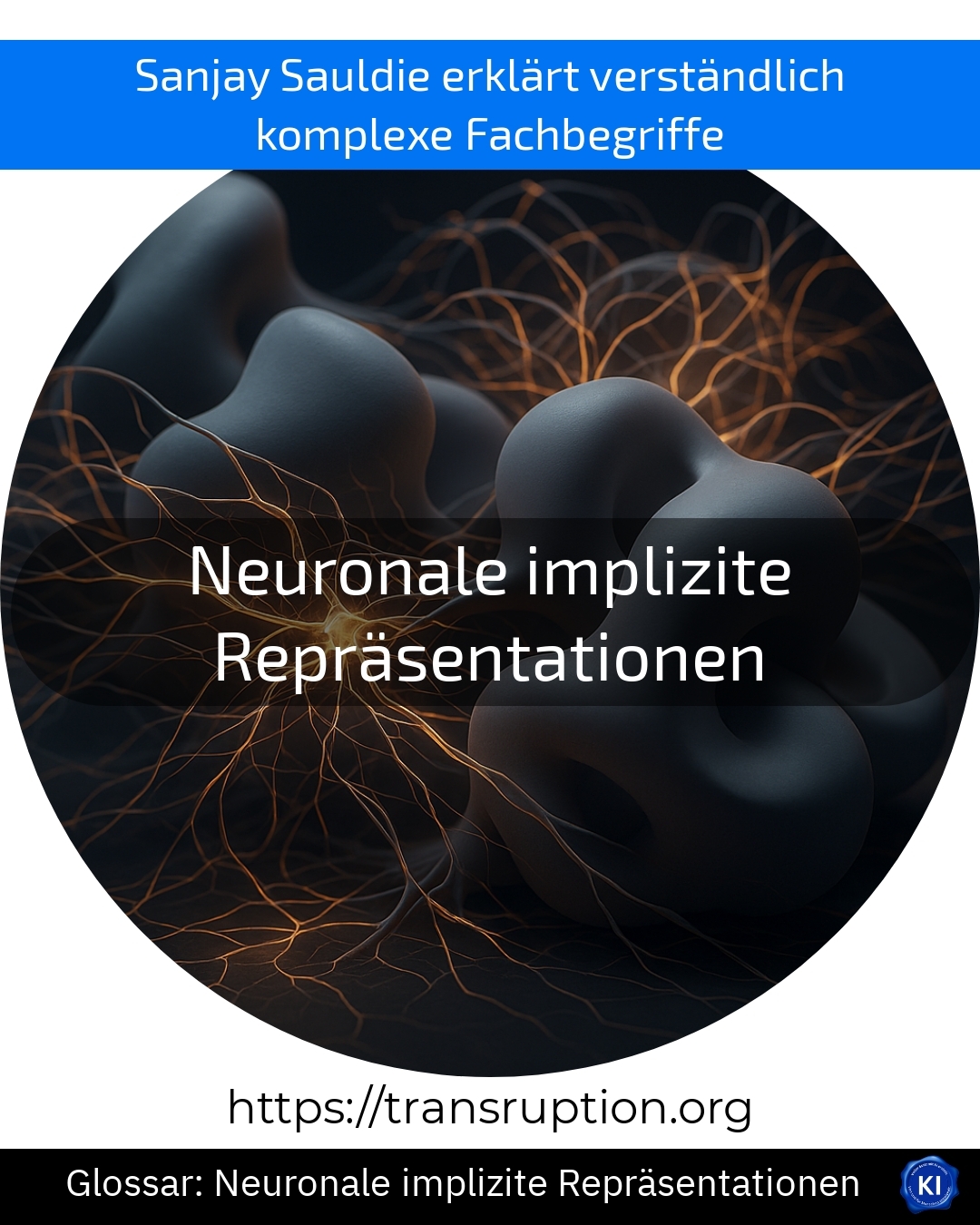Neural implicit representations are a term that can be found in the fields of artificial intelligence, industry and factory 4.0 as well as virtual and augmented reality.
At its core, this is a modern method used by computers to visualise the shapes or surfaces of objects and environments. Instead of storing every detail of a 3D object individually as in the past, an artificial neural network is used today. This network "learns" what the surface of an object looks like and can then say for any point in space whether the object is there or not. The information is therefore "implicitly" stored in the weights of the network, no longer as a pile of data.
Simply explained: Imagine that instead of a huge drawer full of construction plans, you have an experienced architect in your head who knows all the models and can provide the right information on every point.
A practical example: In virtual reality, neural implicit representations can be used to store entire 3D worlds in great detail without requiring vast amounts of storage space. This makes VR applications faster and more flexible and helps to create more realistic environments.















